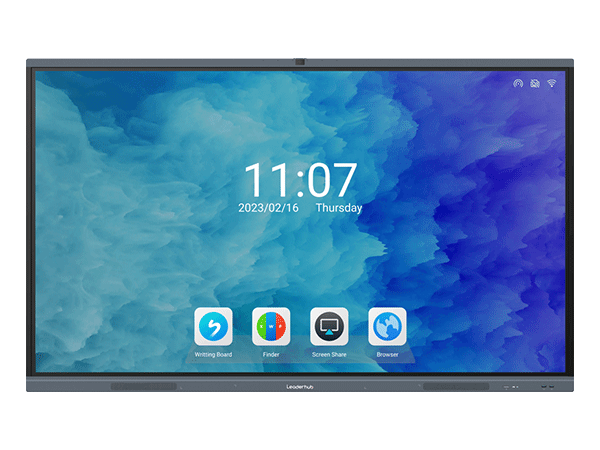Modern Technology Transforming the Way We Interact

As technology continues to evolve, interactive screens have emerged as a game-changer, revolutionizing the way we interact with digital content. These smart displays offer a dynamic and immersive experience, creating endless possibilities across various industries. In this article, we will explore the concept of interactive screens, their applications and benefits, and delve into the future prospects of this groundbreaking technology.
1. What are Interactive Screens?
Interactive screens, also known as interactive displays or touchscreens, are advanced electronic devices that allow users to interact directly with the content displayed. Gone are the days when keyboards and mice were the primary input methods. This innovative technology combines the display and input functionalities in a single interface, eliminating the need for separate devices.
These screens are commonly used in smartphones, tablets, kiosks, digital signage, and interactive whiteboards. By incorporating touch-sensitive sensors, interactive screens enable gestures such as tapping, swiping, pinching, and zooming, providing a intuitive and user-friendly experience.
2. Applications and Benefits of Interactive Screens
Interactive screens have found their way into various industries due to their versatility and numerous benefits. Let's explore a few key applications:
Education Sector:
The introduction of interactive screens in classrooms has transformed traditional teaching methods. With these screens, teachers can create engaging presentations, access educational resources, and encourage student participation. Interactive screens also offer collaborative features, enabling real-time collaboration among students and teachers.
Retail Industry:
Interactive screens have significantly enhanced the retail experience. From interactive product catalogs to virtual shopping assistants, these screens engage customers in a whole new way. Shoppers can explore products, access detailed information, and make informed decisions, ultimately improving customer satisfaction and driving sales.
Corporate Environment:
In corporate settings, interactive screens facilitate effective communication and collaboration. From interactive meetings and presentations to collaborative brainstorming sessions, these screens boost productivity and enhance team collaboration. They also provide a more seamless and interactive way to share data and information during conferences and seminars.
The benefits of interactive screens extend beyond specific industries. Some of the common advantages include:
- Engaging user experience
- Improved accessibility
- Increased productivity
- Enhanced learning outcomes
- Efficient data visualization
- Seamless integration with other technologies
3. The Future of Interactive Screens
The future prospects for interactive screens are exciting. Technological advancements such as augmented reality (AR) and virtual reality (VR) are poised to further enhance the interactive experience. The integration of AI (Artificial Intelligence) and IoT (Internet of Things) will open up new possibilities and create smart interactive environments.
Imagine a world where interactive screens are seamlessly embedded in everyday objects, providing personalized and context-aware experiences. From smart mirrors that offer personalized shopping recommendations to interactive walls that adapt to your preferences, the potential is limitless.
In conclusion, interactive screens have revolutionized the way we interact with technology. With their wide range of applications and numerous benefits, they have become an indispensable part of our daily lives. As technology continues to advance, interactive screens will undoubtedly continue to evolve, providing us with more immersive and interactive experiences than ever before.
Bringing Interactivity to Your Fingertips
Interactive screens have transformed the way we engage with digital content, offering a new level of interactivity. From education to retail and corporate environments, these screens have proven their value across various industries. With constant innovations and future possibilities, the era of smart interactive displays has just begun, promising a future of exciting and intuitive interactions.

